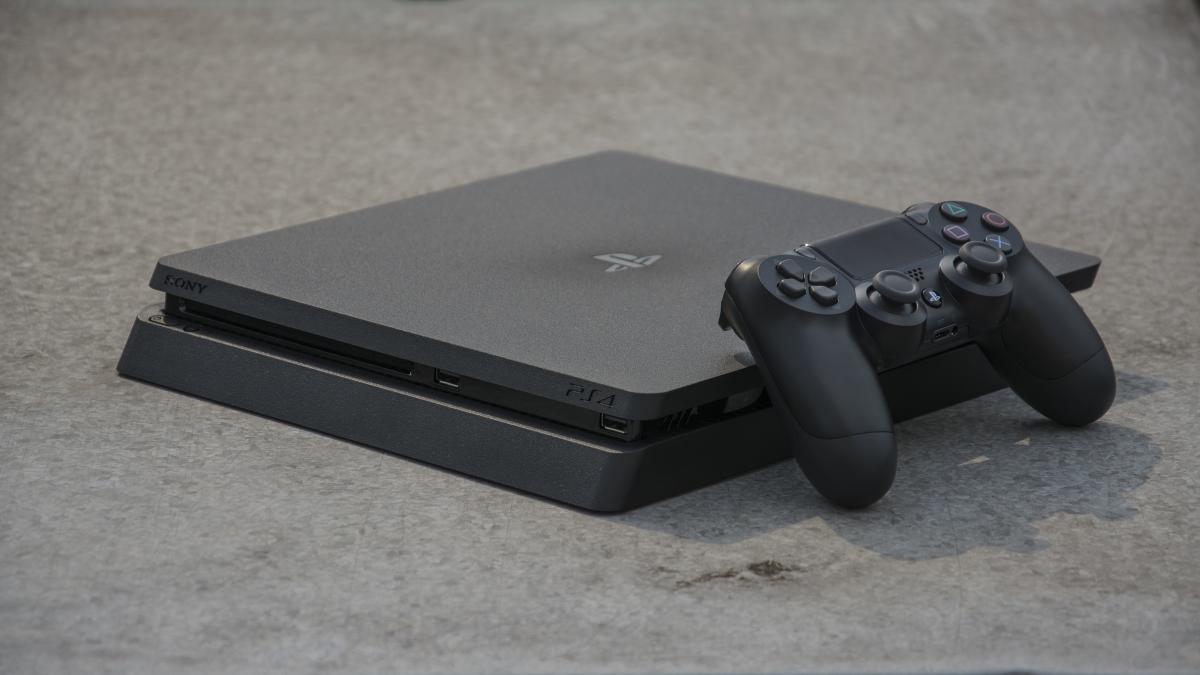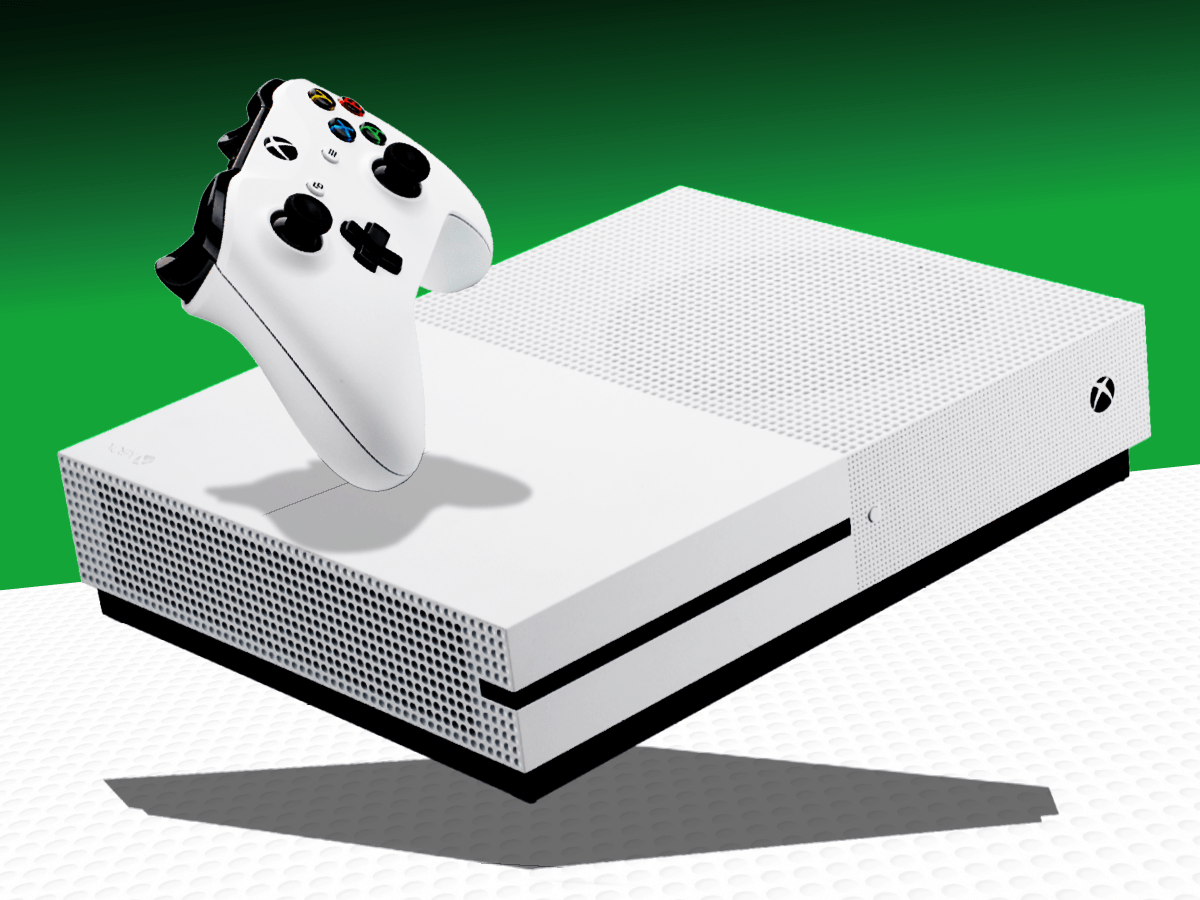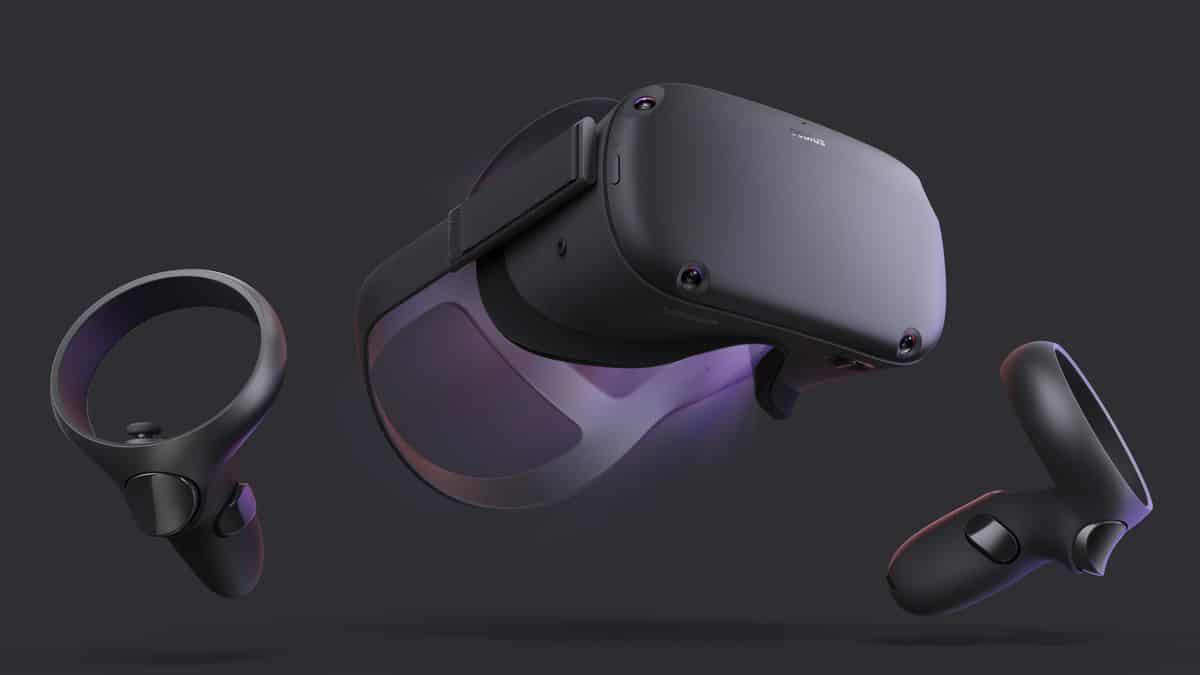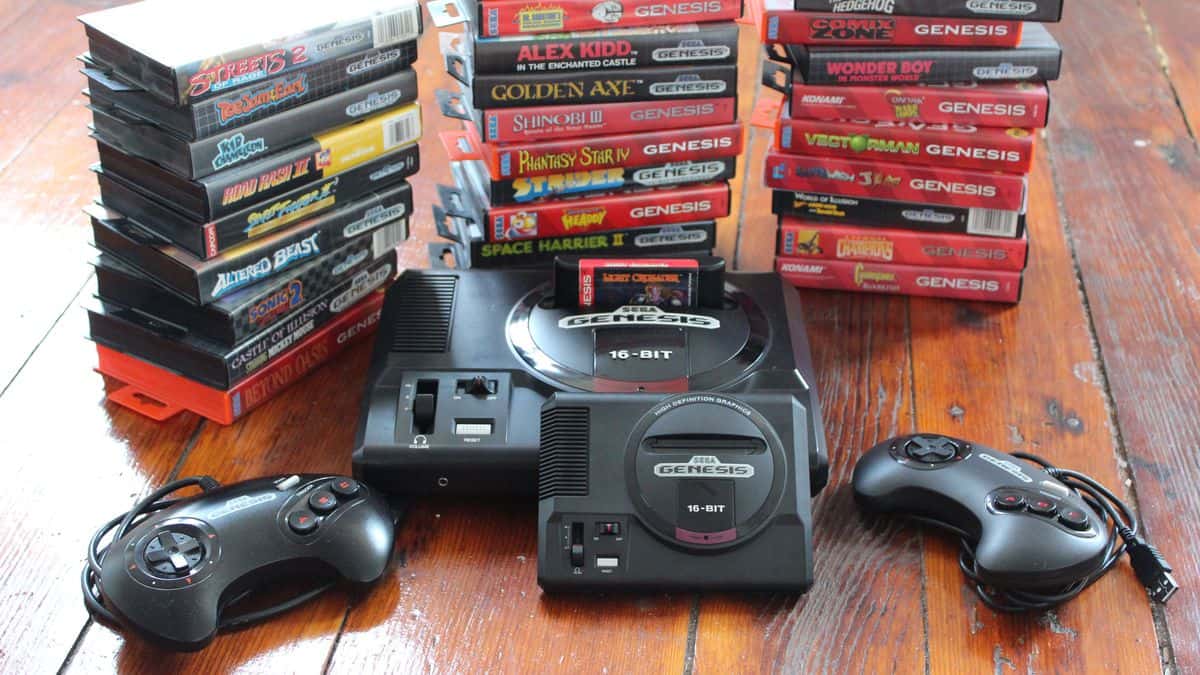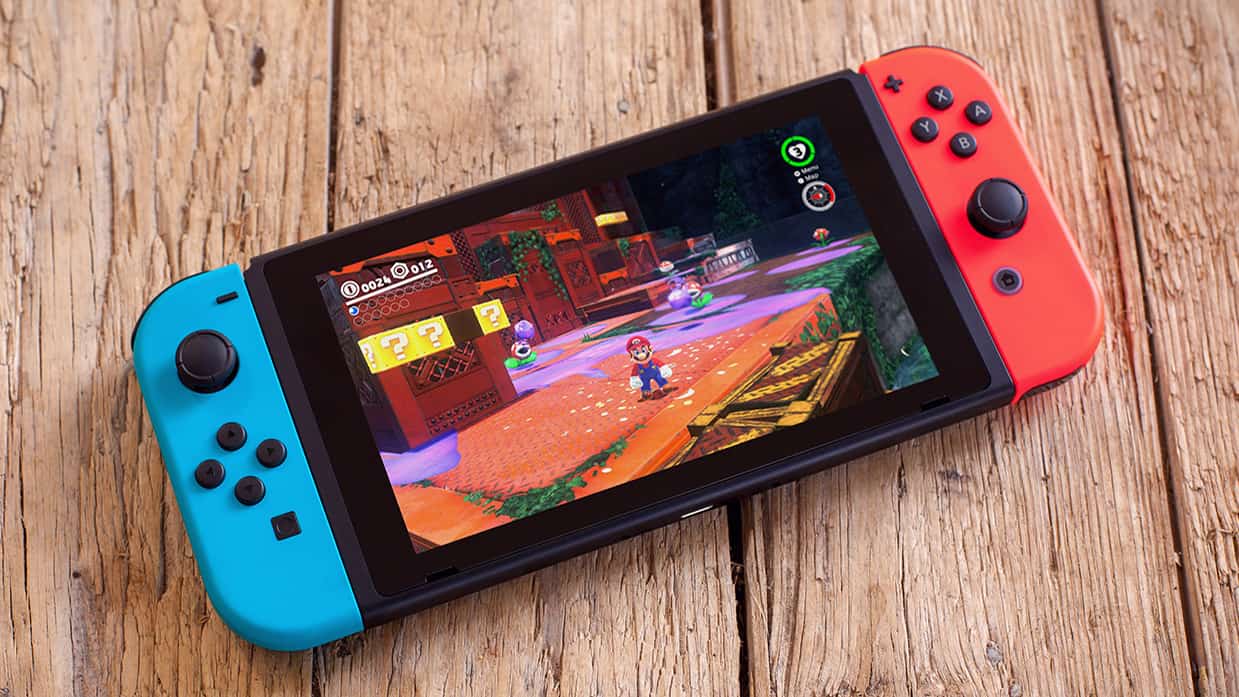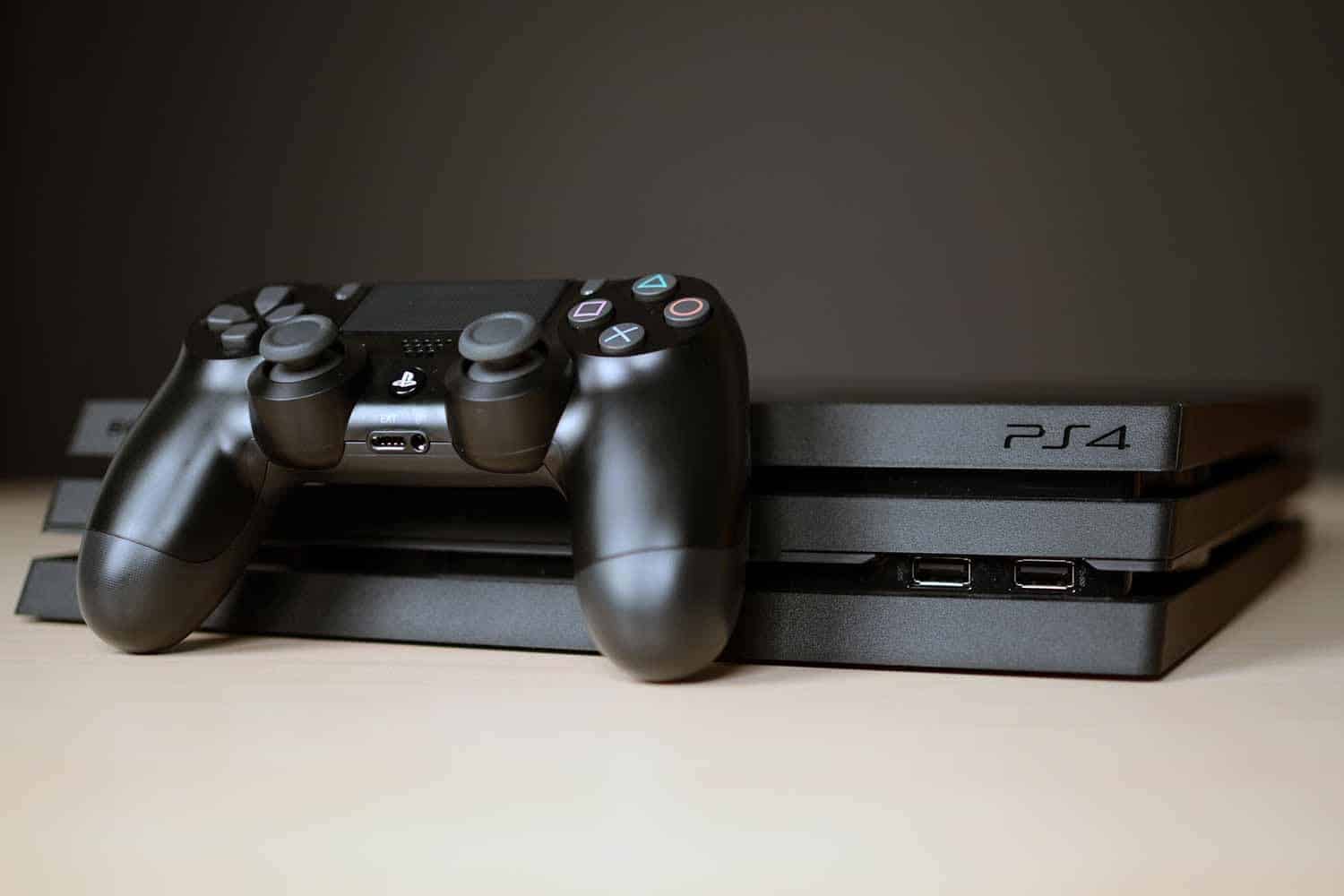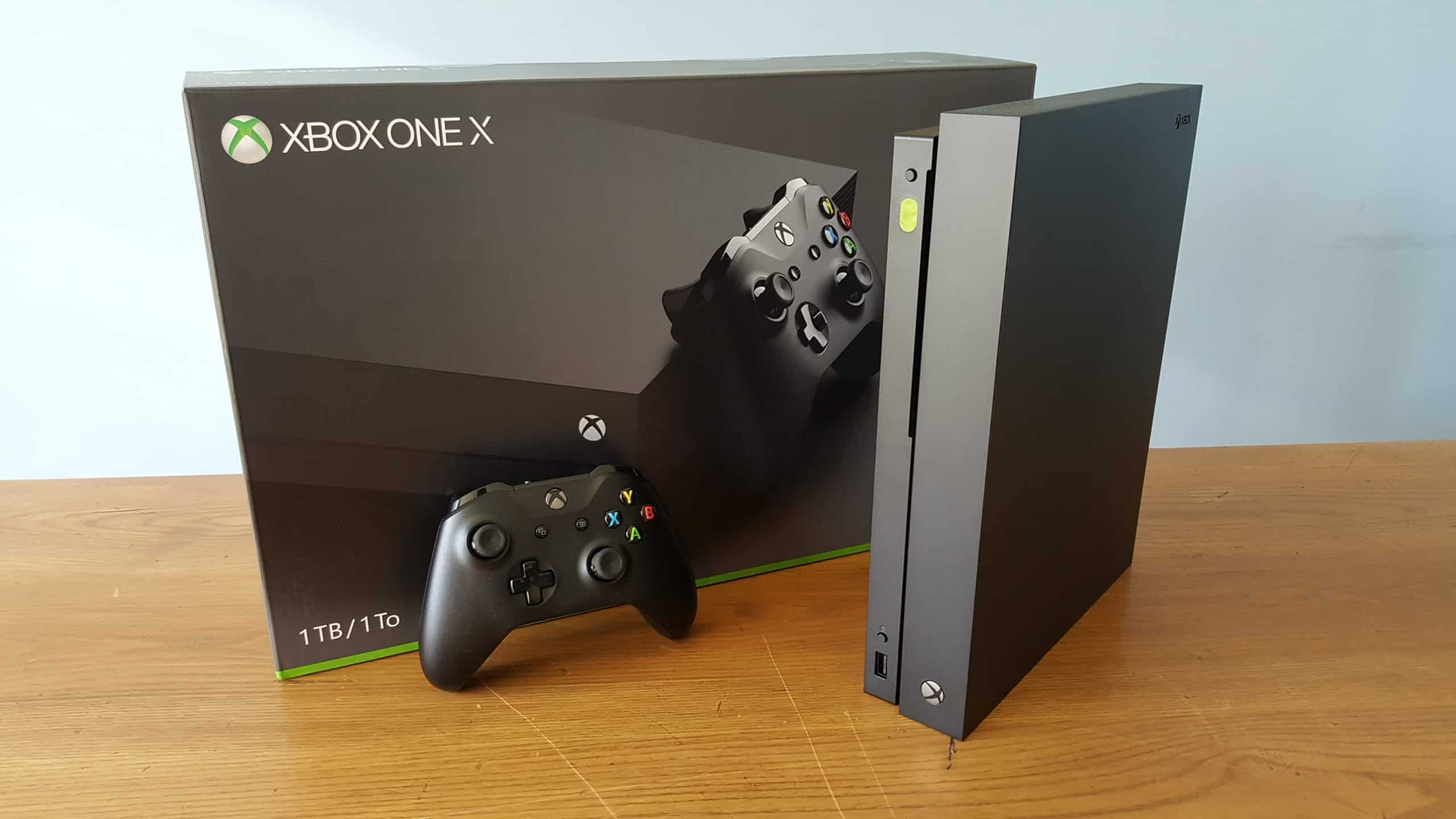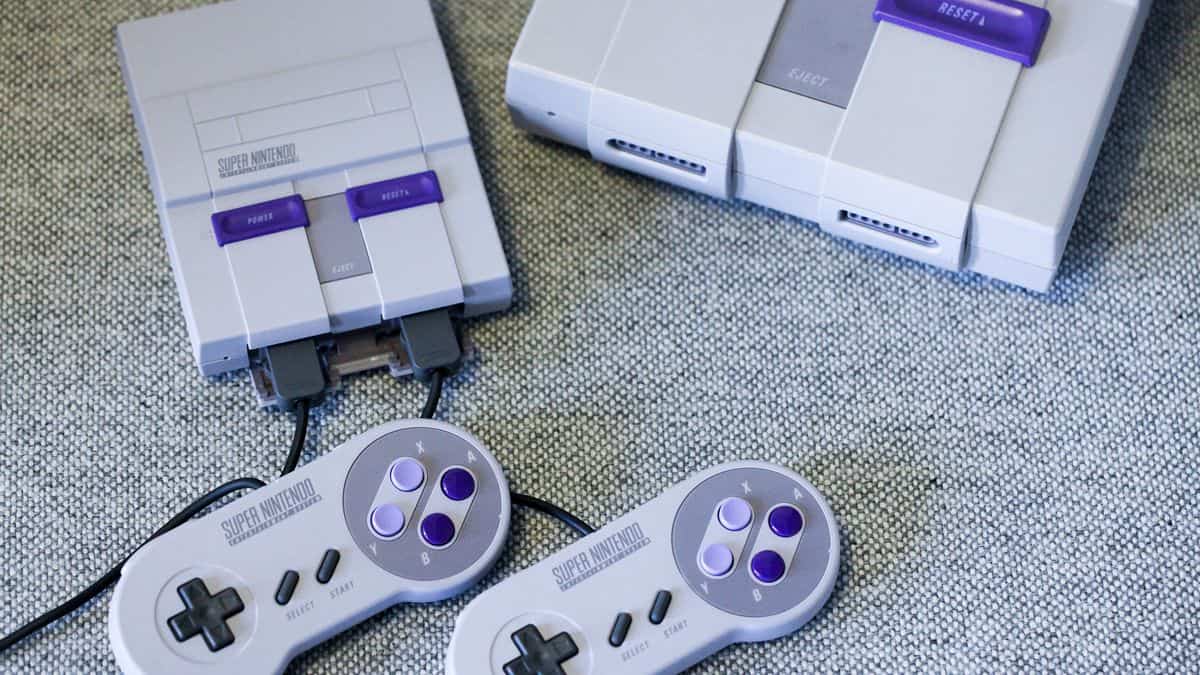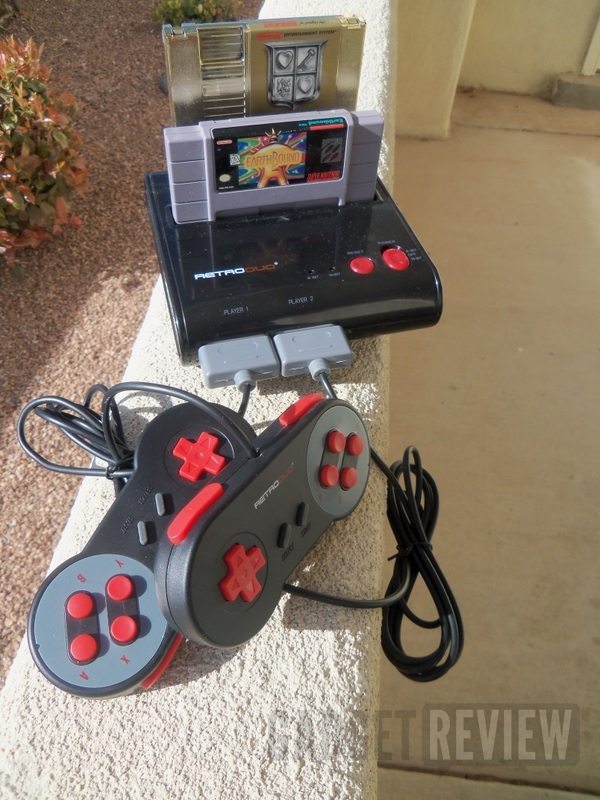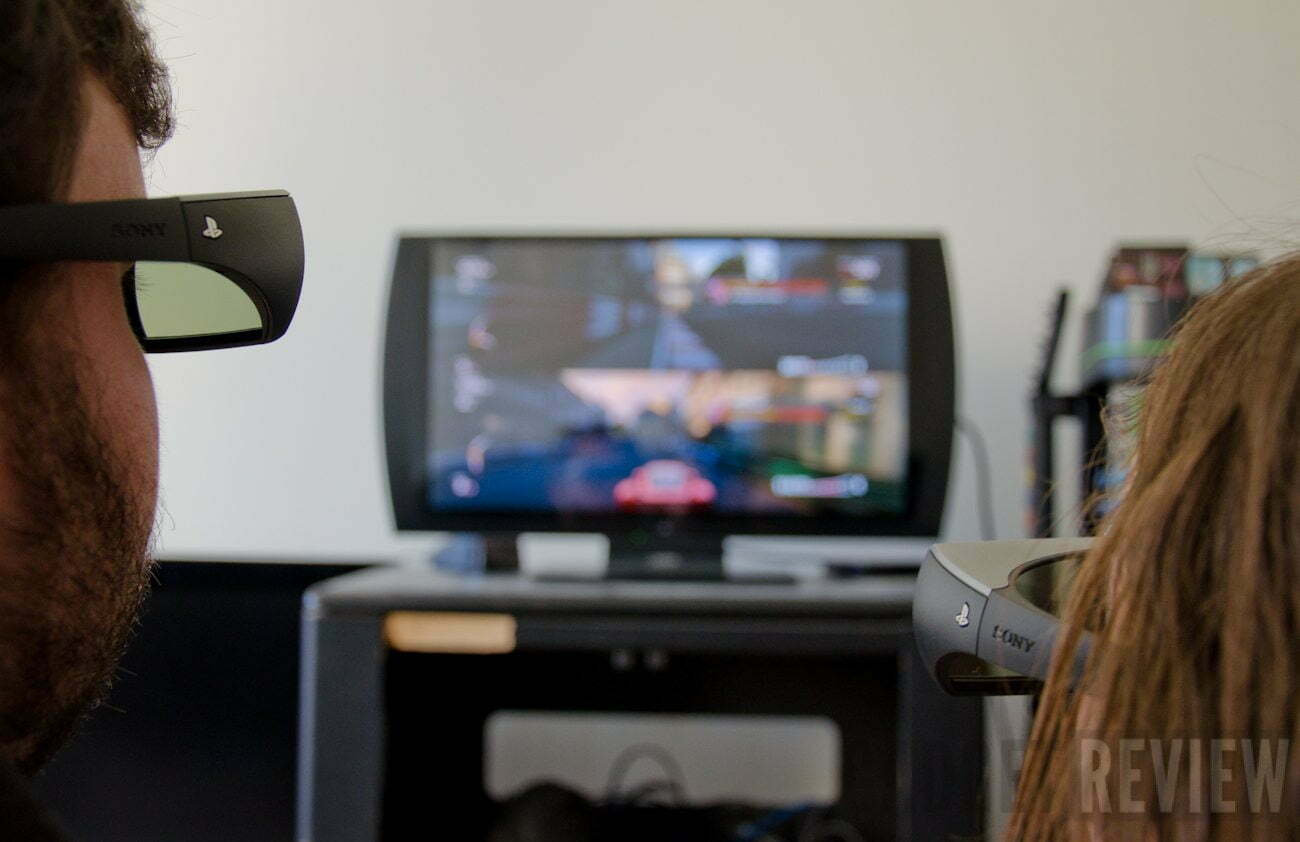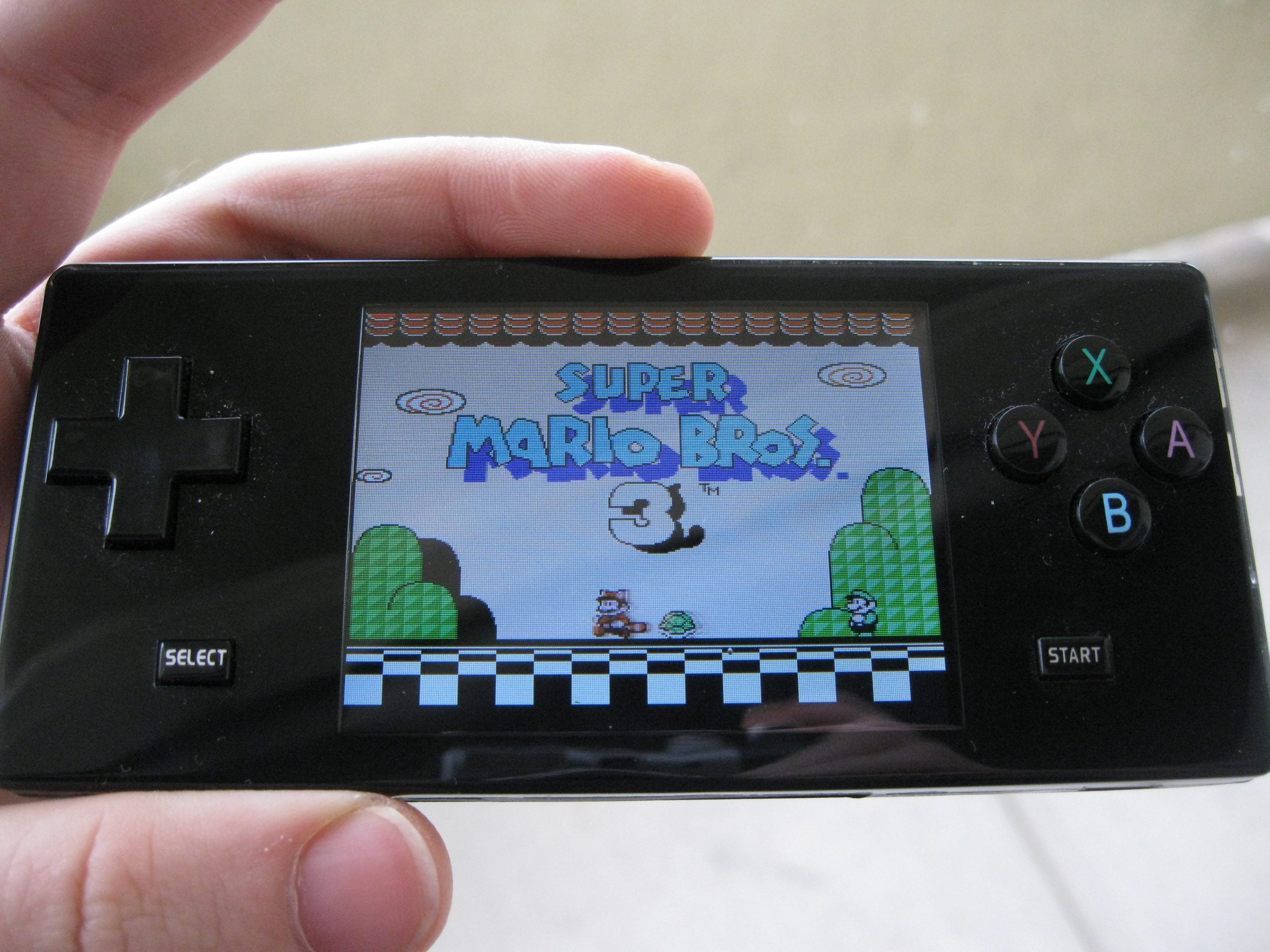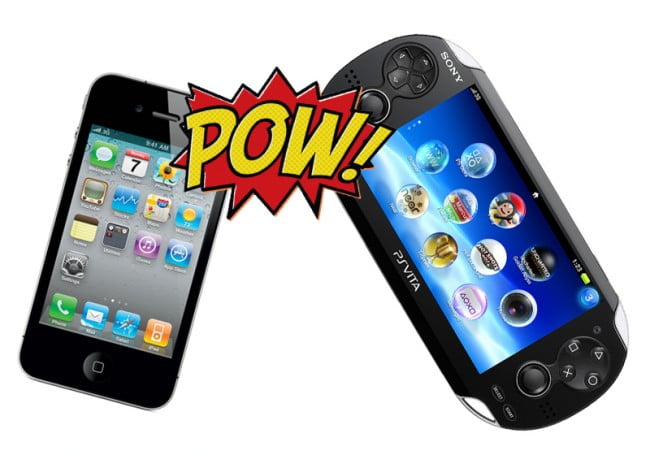
It shouldn’t come as a surprise that comparisons between the iPhone and Playstation Vita were abound, even though they are very different devices. The iPhone, obviously a phone, and the Vita, obviously not a phone, still carry a lot of the same characteristics. And for better or worse, even game consoles like the Nintendo 3DS, DS, and PSP have had a run for their maker’s money because of products like the iPhone.
Then again, considering how the two devices are so vastly different, this comparison won’t be a direct head-to-head. Instead, we’ll compare both based on equal ground, or as close as they get to it.
Display
![]()
From my testing of the Vita and the iPhone 4S, along with a number of other handhelds and smartphones, this is a tough call. The iPhone 4S has Apple’s retina display, a 326ppi 960×640 resolution screen that is extremely dense. It uses a high-quality 3.5″ TFT capacitive touchscreen that has, ever since the original iPhone, worked well in direct sunlight.
Meanwhile, the Vita has a 220ppi 960×544 OLED display, which is significantly less dense while on a 5″ screen. On the one hand that means that colors will be more vibrant and saturated, with darker blacks, but the downside is that the display won’t be nearly as visible in bright conditions. Recent OLED displays I’ve tested, including the Samsung Galaxy S II and Epic 4G Touch, are visible in direct sunlight, but that’s thanks to Samsung’s double-pane SuperAMOLED+ system. Sony uses a different glass model for their OLED display.
The benefits of OLED are this: more vibrant colors (to the point of exageration), deeper blacks, and less power drain. TFT, however, is brighter, more accurate, and has been used for decades (and is thus a more refined technology). So what really makes the difference here is the size and density. The Vita is bigger at 5″, and for video and gaming the density won’t be as important as for reading text.
Winner: PS Vita, but it’s close. If the iPhone were larger, or perhaps if we compared a different phone like the HTC Rezound (which has a 720p TFT display), the results would be different.
Processor
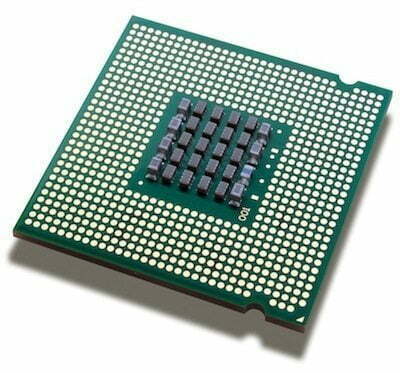
At this point, it’s safe to call the iPhone’s A5 processor old. It’s been around since last April in the iPad 2, and the chip in the iPhone 4S is even underclocked to 800MHz. The Vita, according to some developers, has an average clock speed of 800MHz but can go up to 2GHz. However, at that high speed the power drain will be significant, so most games are expected to play between 800MHz-1GHz. Both are based on the ARM Cortex A9 design, but Sony’s chip also shares many similarities with the PS3’s Cell processor. It’s a quad-core chip (compared to the iPhone 4S’ dual-core), though as of now it’s unclear just how powerful the chip is. It will take developers some time to really stretch it out, as it did with the Cell CPU.
The only big difference here is that the next iPad, likely to release in the April/May time-frame, will have an updated processor, likely the A6. The next iPhone won’t have it until the holidays, but I expect it to have the same 1GHz frequency but be a quad-core chip. The Vita, on the other hand, won’t receive any major upgrades, but it will remain more powerful than the next gen iPhone and all other competing smartphones for at least two years. Still, that isn’t a long time. However, today, the Vita clearly has the more powerful processor.
Winner: PS Vita, thanks to a CPU with twice the cores and the potential to be 2.5x as fast as the current iPhone.
Storage
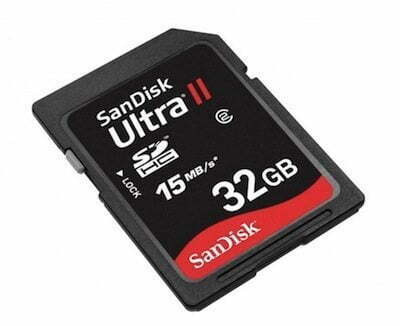
Storage is a big deal…but in this case, not to Sony. The PS Vita requires some sort of storage to play games and get apps, but doesn’t come with any whatsoever. Vita owners have to buy external storage, and specifically need Sony’s new Playstation Vita Card storage, not SD cards. The pricing isn’t bad: $20 for 4GB, $30 for 8GB, $60 for 16GB, and $100 for 32GB. I’ve asked Sony a few times concerning the speed of these Vita-specific flash cards, but haven’t received any response as of yet. SD cards are known to be unfortunately slow, so slow in fact that pro-grade camera manufacturers are dropping the format and creating their own for their cameras.
The iPhone 4S starts with 16GB and goes up to 64GB, with $100 between the three models. There’s no expandability with the iPhone, but at least it has internal memory to begin with. The Vita actually requires it and forces owners to put down at least an additional $20 just for 4GB. That means to match the iPhone 4S, in terms of storage today, you’d have to pay $310 for the Vita and a 16GB memory card. Then again, put down $350 and that amount of memory storage is the same as a 32GB iPhone 4S, which retails for $400 (plus 2-year service contract).
Winner: iPhone 4S, because it comes storage to begin with and doesn’t attempt to cheat buyers out of more money for required data storage. Until Sony gets back to me regarding their memory card speed, and unless it’s faster than typical (slow) SD cards, the iPhone is the winner, though at higher densities the Vita is a less expensive prospect.
Wireless Connectivity
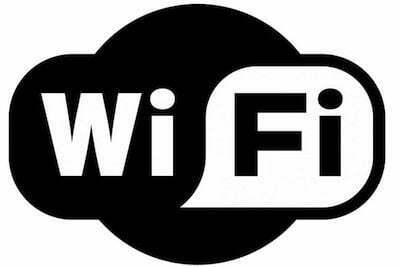
The PS Vita comes in two models, Wi-Fi only and with 3G. The iPhone 4S meanwhile is a phone, though is also limited to 3G speeds. The kicker for the iPhone is that on AT&T, it has access to what AT&T loves to call 4G (though Apple refused to agree to such marketing for the device because it isn’t true 4G), though both Sprint and Verizon iPhone models are stuck on the slower 3G network. 4G allows for up to 28.8Mb/s data transfer rates, and in my experience is as fast as Sprint’s 4G network, offering roughly 8Mb/s down and 1Mb/s up.
That immediately dings the Vita, because it could, theoretically, have double the transfer speed. Worse yet for the console, contracts are only available in the US through AT&T. Without LTE online gaming is impossible, and with only 3G speeds apps and streaming videos will be slower than what nearly every smartphone released in the past six months. Including the iPhone 4S.
Winner: iPhone 4S, thanks to faster speeds and availability on more carriers.
Camera
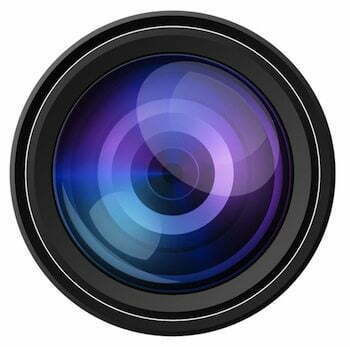
The Vita has two VGA cameras (640×480), one on the front and one on the back. The iPhone 4S has an 8MP rear camera and a 1.3MP front camera. If that’s not enough, the iPhone 4S is today considered one of the best camera phones available.
If, for some reason you think I need to go on…the Vita has no flash, no hope for taking great pictures, and is only there so developers can potentially make use of it.
Winner: iPhone 4S, because it isn’t a tacked-on piece of junk.
Battery Life

Judging battery life between a gaming console and a phone may appear unfair, but in fact it’s the PS Vita that has the unfair advantage, especially if it’s the Wi-Fi only model. Not only does it sport a beefier 2210mAh battery, compared to the iPhone’s 1432mAh. The Vita’s 5″ display may be more power hungry, but OLED is less power intensive than LCD displays. And the iPhone is always connected because it’s a phone. Even then, Sony averages 3-5 hours of gameplay, 5 hours of video playback, and 9 hours of music playback. The iPhone 4S claims twice the video playback time, 4.5x the music playback time, and can browse the internet for 6 hours over 3G or 9 hours over Wi-Fi.
As for gaming? There aren’t specific numbers for the iPhone 4S yet, but I’ve been playing games like Grand Theft Auto III and the recent update to Rage HD, and it certainly lasts over five hours.
Winner: iPhone 4S, which has a smaller, less-dense battery but still creams the Vita.
Price

Normally, price would be easy to determine because every year a new iPhone released alongside a new iPod Touch. That didn’t happen with the iPhone 4S, meaning the current iPod Touch is the same as last year. It’s as powerful as the iPhone 4, so the iPhone 4S stands alone. Pricing for it is simple: $200 plus a two-year contract, with a $54.99 base price on AT&T. That comes out to roughly $1520 over two years, for the very minimum, and that’s assuming users have the older pricing scheme. Based on today’s minimum pricing, it would be $1640.
Meanwhile, the PS Vita will retail for $250, or $300 for the 3G model with a base $15/month, without a contract. If there were an equally powerful iPod Touch, the story would be very different. The only alternative for the same power is the iPad 2, which at the base model retails for $500, double the price.
Winner: PS Vita, thanks mostly due to no new iPod Touch.
Gaming Capability
![]()
Gaming prowess is by far better on the PS Vita than the iPhone 4S, for three reasons. First, it has physical controls on top of the full touch controls found on the iPhone and any smartphone. That means not only do users get essentially a PS3 gamepad built into the Vita, the large 5″ display is a multi-touch touchscreen, and the back is a touch-sensitive panel to boot.
Second, as mentioned above, the processor is faster, more powerful, and has more cores. And third, the display is much larger (as mentioned above), providing a more inclusive gaming experience.
Winner: PS Vita, because it’s built to be a gaming machine.
Games
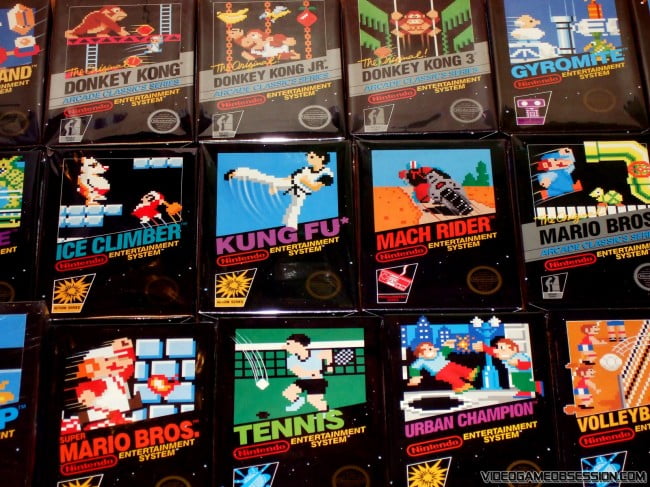
It’s a long-standing tradition that game consoles sell because of the number and quality of games released for it. The iPhone (and smartphones in general) have slowly changed that thanks to how easy it is to develop games and how so many people have smartphones.
When the PS Vita releases outside of Japan, it will have 12 launch titles. That number is expected to grow to 30 within the first few months after release. The iPhone, in the meantime, will accumulate at least another 1,000 games between the time you read this and the Vita’s actual release. The sad truth is most of those games will be 99 cents or free and not provide a “true” gaming experience.
However, the iPhone has a large number of excellent games available to it. They may be hard to find, but the fact is the Vita will be lucky to have the kind of game sales that iOS developers get.
For games, the dealbreaker for anyone, there are three important questions: will the quality of Vita games far surpass what we see in iPhone gaming today? Will there be a lot of PS Vita games, both full releases and mini games (ie board games, card games, minor apps that are fun for a few minutes at a time; not traditional console games)? And will the Vita see a lot of hacking, game emulation, and remote gameplay through the PS3? There’s no reason not to expect a higher quality of games coming to the Vita than the iPhone, though there are only 34 planned full-release games that we know of thus far. The Vita has already been hacked for remote play of PS3 games like Batman: Arkham City and Battlefield 3, meaning that the portable console can play full-fledged home console games via Wi-Fi streaming.
However, we already know that the iPhone can do the same thing through OnLive (though the service isn’t currently active on iOS; it is available on Android and waiting for Apple’s approval). Plus games on the iPhone can be played with an external controller, so long as the game supports it. Big-name titles like Infinity Blade 2 and Call of Duty: Black Ops Zombies are only found on iOS.
There’s no denying that the iPhone has more games, and because of the sheer number will likely always have more better games than the Vita. Furthermore, because of how many iPhones are out there (and all iOS devices), it will take a few years before some developers take the Vita seriously, if at all. It’s sad, but for now, true. So many of the current iOS games sell so well that they can keep lower prices. High-end games like Infinity Blade 2 go for under $10. There are so many deals from developers that many drop down to a buck. The state of gaming on iOS is, right now, way better than not only the Vita when it releases in February, but frankly better than any dedicated console period. It may even be better than the PC.
Winner: iPhone 4S, because the current gaming ecosystem on iOS far surpasses any other gaming machine, dedicated or not.
Overall Winner: iPhone 4S (by a hair)
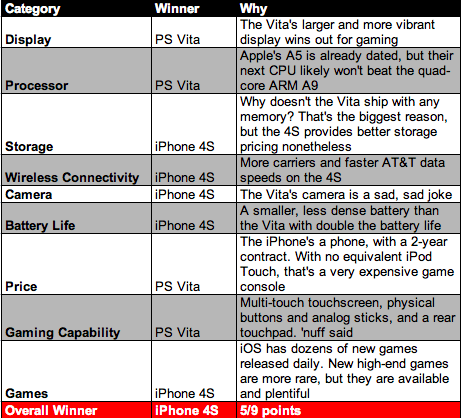
It’s close. Very, very close. However, what the better gaming device really comes down to, as it always does, is the value and quality of the games that are available for said device. In this case, Sony is fighting an uphill battle with the PS Vita, at least for now. With the potential to make not just most, but all PS1 (and even potentially PS2) games available for the Vita through the company’s Playstation Certification program (or just making those games available period), that can change. That tide can change overnight.
However, as of now the Vita doesn’t have that capability. Everything else regarding the games available has been bettered by the iPhone, and without the push from PS1 and PS2 games, the Vita will likely never prove to be the better gaming device because of a lack of content. It’s a sad, but clear and apparent truth.
Even then, it’s very close. The PS Vita has better gaming controls and is a better designed device specifically for gaming, even if the display has a lower resolution and is less visible in bright conditions. 5″ vs 3.5″ for a gaming screen is no comparison. The Vita beats the hell out of the iPhone when it comes to control, not only because it matches the touchscreen and has physical buttons and analog sticks, but because it combines both for gameplay and has the rear touch panel to boot. It really is a mobile game developer’s dream.
The iPhone 4S takes the cake in too many categories though. It kills the Vita with a better camera, at around double the battery life (for gaming, and way more for almost everything else), and carriers available for 3G. We all know that the rise and fall of portable game consoles has depended on battery life, and just as with the PSP this is a weakness with the Vita. Only this time, it’s weak against not a Nintendo offering, but against a very capable cell phone.
A few very close points are pricing and storage. If there were a new iPod Touch released with the A5 processor, then pricing would be a clear win for the iOS device. But as it stands now, the iPhone 4S is the only one available (the iPad 2 would lose in pricing because of it’s high $500 price tag), and the two-year contract cost far outweighs the potential pricing of the Vita, even the 3G model for $30/m. And with storage, on the high-end the Vita could win (assuming users purchased the 64GB card and 3G model), but because Sony is releasing the Vita with no internal memory, the result is confused consumers who must spend more money to do the console’s basic functions…like saving games and using downloadable apps. Even then, the storage pricing is still more expensive than all iPhone 4S models (with a 2-year contract) except for the 64GB model, and, once again, only if you get the Wi-Fi Vita.
Based on our scoring method for comparisons, the Vita could have easily won if it shipped with internal memory. External memory is always slower than internal memory, but until I hear back from Sony regarding the speed of their memory cards, that’ll remain a mystery. If the Vita were available through other cell carriers, or if it at least had AT&T’s 4G (HSDPA/HSPA+ 28.8Mbps), it would score better.
What I don’t doubt is that over time these scores will change. The Vita will eventually ship in bundles that are more price friendly and with some storage options. The next-gen iPhone will also likely ship with a new iPod Touch. By this time next year there will also be a handful of Android competitors, and tablet gaming will finally come into it’s own. But when the Vita releases, it will face the fiercest competition Sony has ever faced in the mobile space, from a device that isn’t going away anytime soon. The only way I can see Sony staying ahead is by utilizing it’s enormous catalog of PS1 and PS2 games, and by making prices of those games competitive so everyday iPhone gamers will actually be coaxed into buying a dedicated mobile games console instead of just living the one-device life.
Update~ As TheVerge just wrote, minutes before this article was published, the PS Vita now has a second launch bundle that’s the 3G model with an 8GB memory card, one free PSN game, and a month of free 3G data. That bundle is available for pre-order now through Amazon. Does it change our score?
Because the score is so damn close – not only is it 4-5, but it’s a point of contention in nearly every category – and because this new bundle offers a reasonable amount of storage for the console, it may indeed turn the tide.
As mentioned above, games is the most important thing, which is why I’m going to say that, in this case, the new bundle won’t change the winner in this comparison. However, our scoring system for comparisons is pretty clear cut. So I’ll leave this decision up to you guys. What do you think? Does this new bundle put the PS Vita ahead of the iPhone 4S? Post your thoughts in the comments below and, if the majority of you think we should change the score, we will.

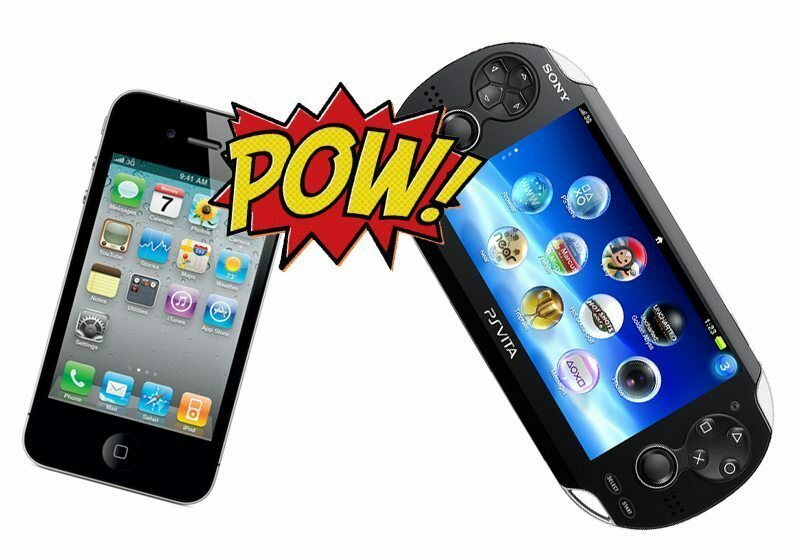













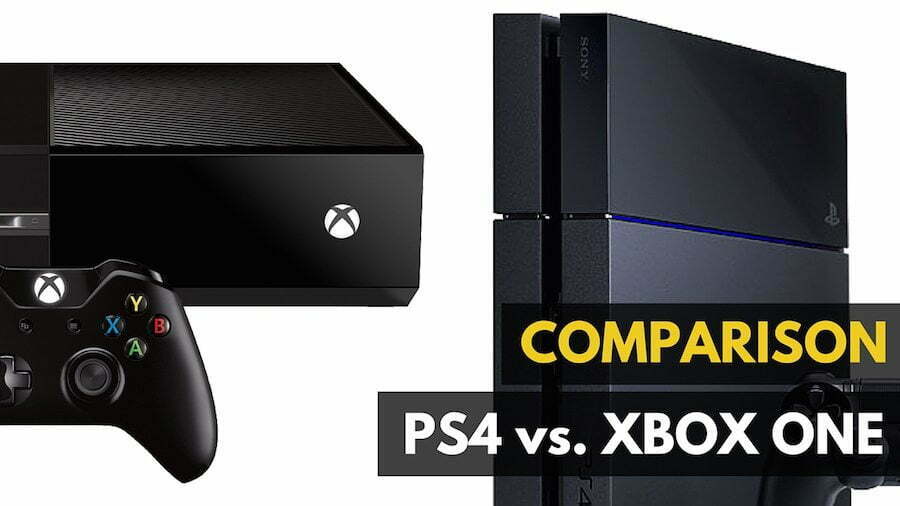

![Best Gaming Console in [year] ([month] Reviews) 21 Best Gaming Console in 2025 (December Reviews)](https://www.gadgetreview.dev/wp-content/uploads/best-gaming-console-image.jpg)
